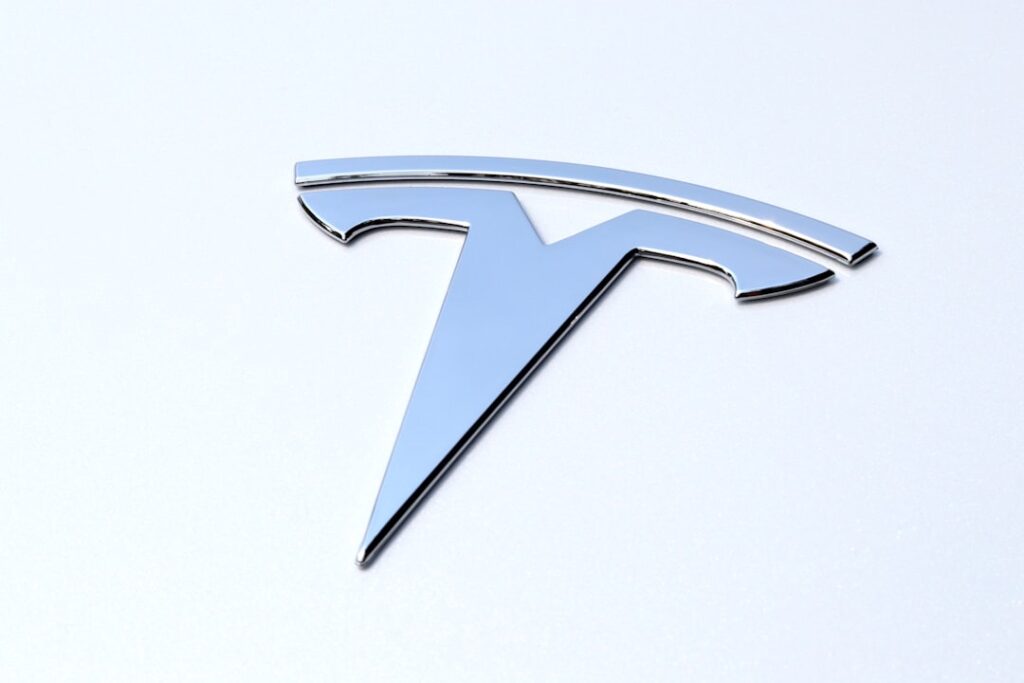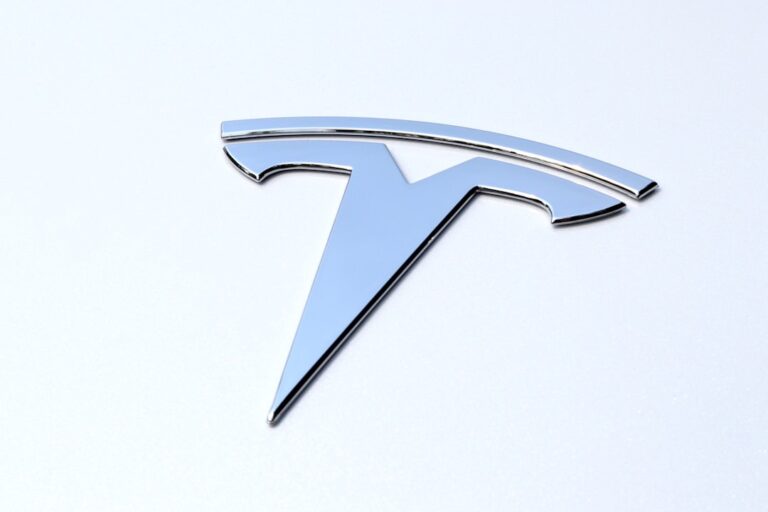
April 2, 2025
Tesla has long been a trailblazer in the electric vehicle (EV) industry, consistently setting benchmarks for innovation and growth. However, the first quarter of 2025 has presented the company with notable challenges that have impacted its performance.
A Decline in Deliveries
In Q1 2025, Tesla reported deliveries of approximately 336,681 vehicles, marking a 13% decrease compared to the same period in the previous year. This figure also fell short of analysts’ expectations, who had projected around 390,000 deliveries.
Factors Influencing the Decline
Several elements have contributed to this downturn:
Production Line Transitions: Tesla undertook significant changes to its Model Y production lines across all four factories, leading to several weeks of lost production. While these upgrades aim to enhance future output, they temporarily affected delivery numbers. Market Dynamics in China and Europe: In China, increased competition from local EV manufacturers has intensified, challenging Tesla’s market share. In Europe, sales have been impacted by a consumer backlash, partly attributed to CEO Elon Musk’s political engagements in the region. Aging Vehicle Lineup: Some of Tesla’s models are becoming dated, and delays in launching refreshed versions have potentially dampened consumer enthusiasm.
Competitive Landscape
Chinese automaker BYD has emerged as a formidable competitor, reporting sales of 416,388 EVs in the same quarter, surpassing Tesla’s figures. BYD’s success is bolstered by its diverse range of hybrid and electric vehicles and a strong international expansion strategy.
Looking Ahead
Tesla is banking on the recently launched redesigned Model Y to rejuvenate demand, particularly in China and Europe. The company remains optimistic that these updates will resonate with consumers and bolster future sales.
Conclusion
While Tesla faces headwinds from production adjustments, market competition, and external factors, the company’s proactive measures, such as updating key models, demonstrate its commitment to navigating these challenges. As the EV landscape evolves, Tesla’s ability to adapt and innovate will be crucial in maintaining its leadership position.
